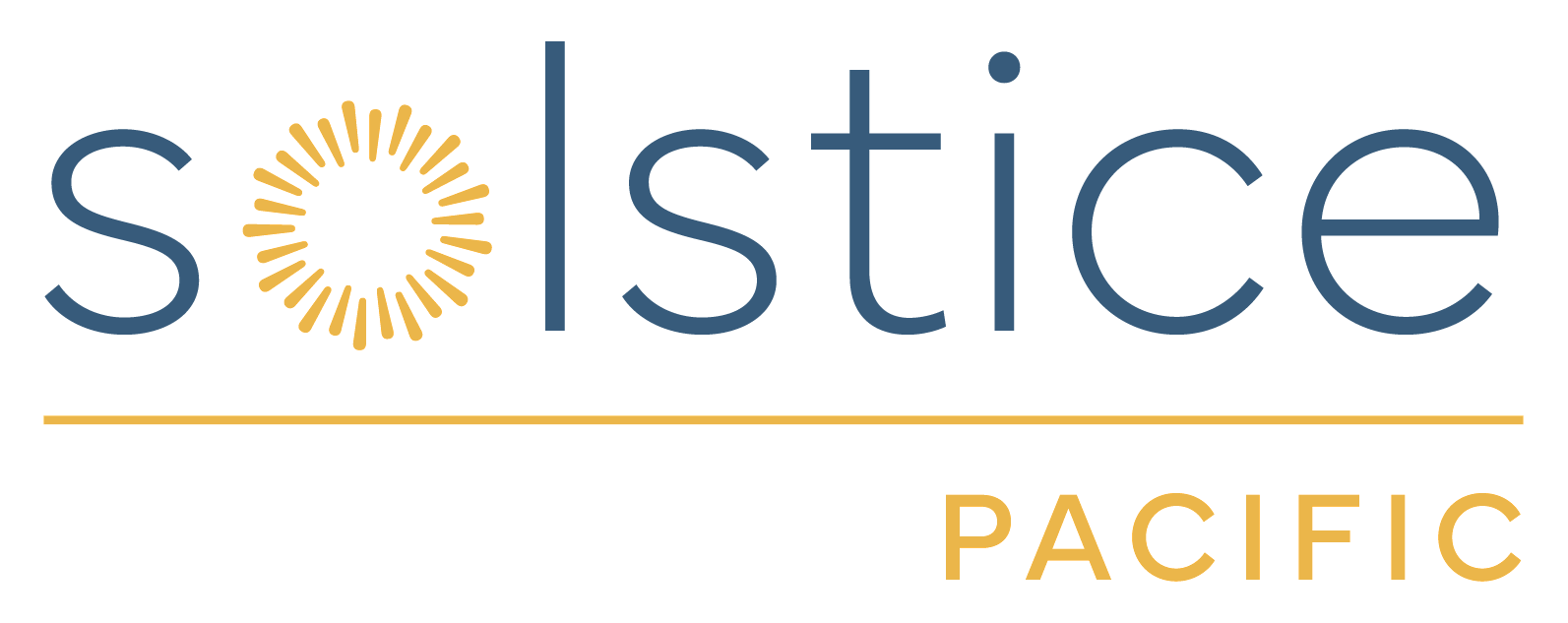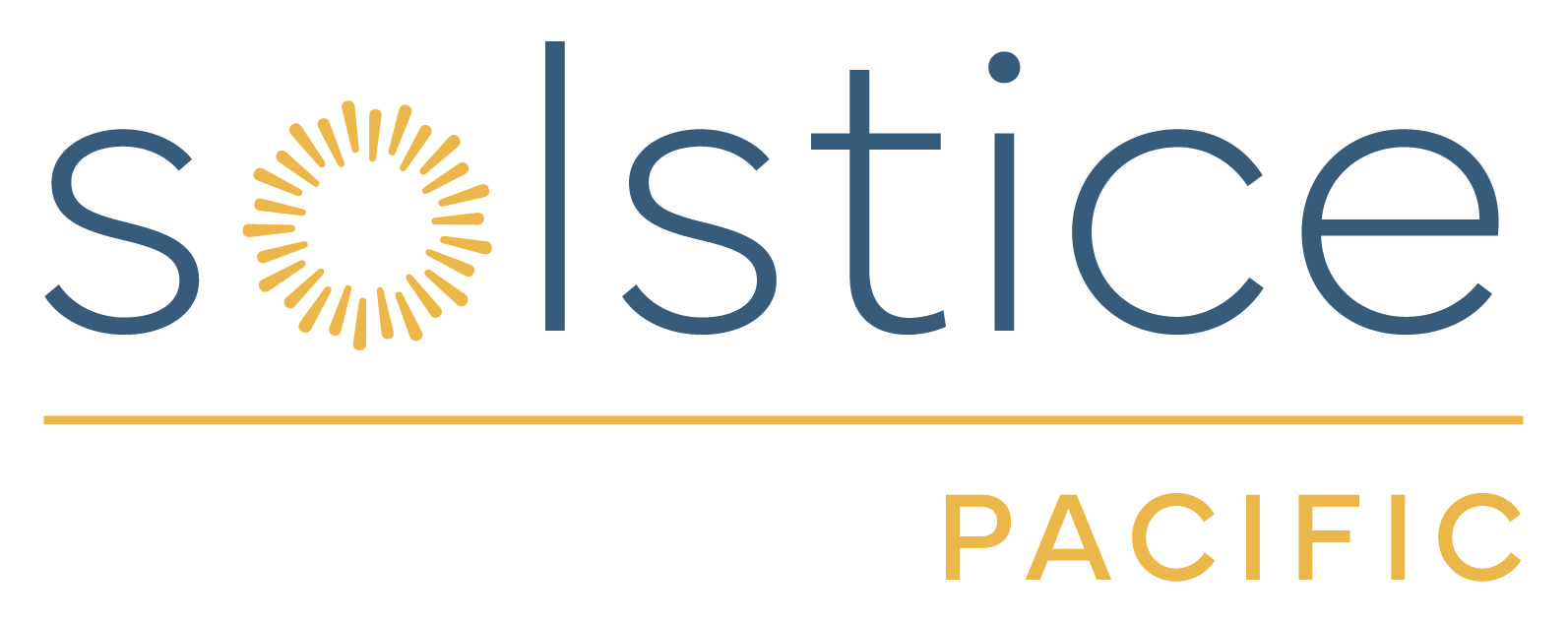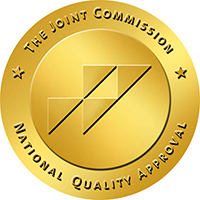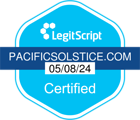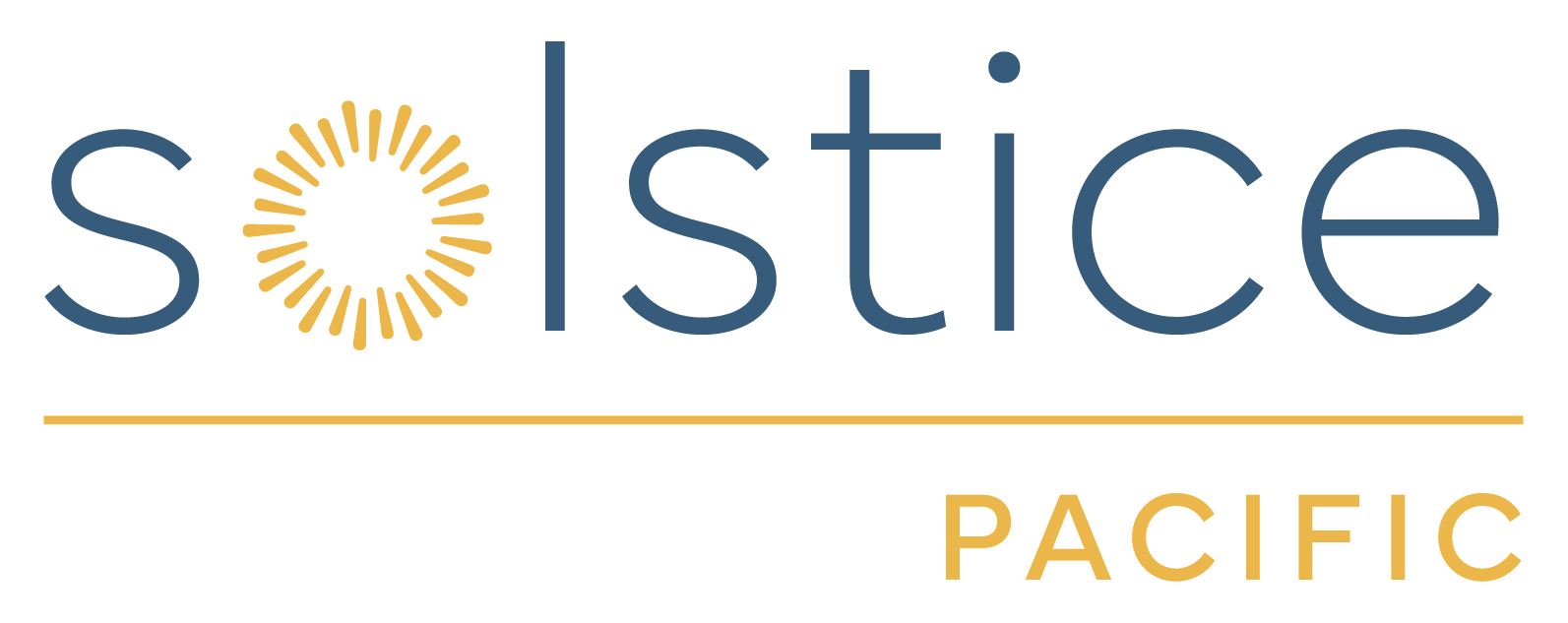When I made the phone call to Solstice Pacific I really had no idea what to expect. I just knew I needed help and someone to guide me through the process.
The patient advocate I spoke to told me there were a few options available to someone like myself. Note: I had never been in a program like this and had only heard these terms for the first time from a therapist the week prior to this phone call.
The first option they presented was an Intensive Outpatient Program. IOP 3: 4 hours a day, 3 days a week. That sounded like a lot.
The second option, IOP 5: 4 hours a day, 5 days a week. That sounded like more than a lot.
The third and recommended option was a Partial Hospitalization Program. “Hospitalization?!” I thought to myself. PHP: 8 hours a day, 5 days a week. I was in dire need of help, but that sounded intense and unnecessary.
As I jotted down the information I was receiving over the phone and I became overwhelmed by the reality of my situation. It was difficult for me to come to the realization that any of these options were the level of care that I needed. I was quite desperate for help, but I didn’t understand what that was going to look like. I had so many questions… How was I going to work and go to treatment? How could I afford this? How long would it take for me to feel better? Would this even help?
After careful consideration, I decided to do the IOP 5 program.
I started IOP 5 on a Tuesday, and by Thursday I knew I needed to increase my level of care to PHP. It didn’t take long for me to understand that I needed to surrender and make a greater commitment to my mental health, follow what was clinically advised, and invest in myself.
While the sacrifices I had to make to accommodate PHP were great, the reward was far greater. The phases of treatment (PHP, IOP 5, IOP 3) are designed to make change “stick”. I am a firm believer that the PHP program is the best starting point for any patient and here’s why: life-changing treatment requires you to change every aspect of your life, not just a few hours of it.
One thing people don’t realize is that treatment is exhausting. You are required to think about things you’ve never thought about, feel feelings you may typically push away, and participate in activities outside of your comfort zone. You may be socializing more than you normally would. You may be adjusting to new medications or feeling the effects of MeRT. There are many abnormal things happening each day in treatment, and the impact of that goes beyond those hours in the clinic. Treatment is a lot of work. It is extremely difficult to spend several hours in treatment and then return to your “regular” activities and responsibilities. The reality is that the work being done inside the walls of Solstice Pacific continues outside as well, and it will be a challenge to balance everything, especially in the beginning.
Getting help for our mood and for our mind requires looking at our whole life. “Integrative” treatment takes everything into consideration: relationships, exercise, diet, sleep, screen time habits, etc. The results we seek are most attainable if we strip our lifestyle down and establish a new routine and new habits. The most efficient and effective way to do this is to remove yourself as much as possible from our current lifestyle and give yourself the opportunity to start fresh at a slower pace.
Spending some time in PHP, whether it’s for a couple weeks or a couple months, allows a patient to practice new skills, adjust/adapt to new structure, and solidify the new habits, without as much influence, interruption, and distraction of “real life”. PHP creates space to front load treatment and lay a strong foundation for lasting success.
Once you have established a new routine and are practicing skills daily, you will start to feel more stable. As we gain stability in PHP, we can then integrate more of our life outside of the program and spend less time in the clinic.
At this point, when you begin to experience relief, it is tempting to leave the program. You see light at the end of the tunnel, you feel better than you did a few weeks ago, and you may be eager to get back to more regular activities and tasks that have been waiting in the wings, It’s not a bad thing to have the confidence to get back to other parts of our life, but leaving early can be detrimental to our long-term healing and impact of treatment. It is critical that you stay the course and continue through the phases of the program.
While the treatment program and its phases seem like a lot, it may just be exactly what you need to get your life back on track and begin your healing journey. While each person’s experience will be different and there are options for everyone, as someone who decided to trust the process and follow the professionally recommended treatment plan, I believe it is perfectly designed for patient success and is the best route to take.
If it’s possible to do PHP first, (and we believe it’s always possible), do it.
